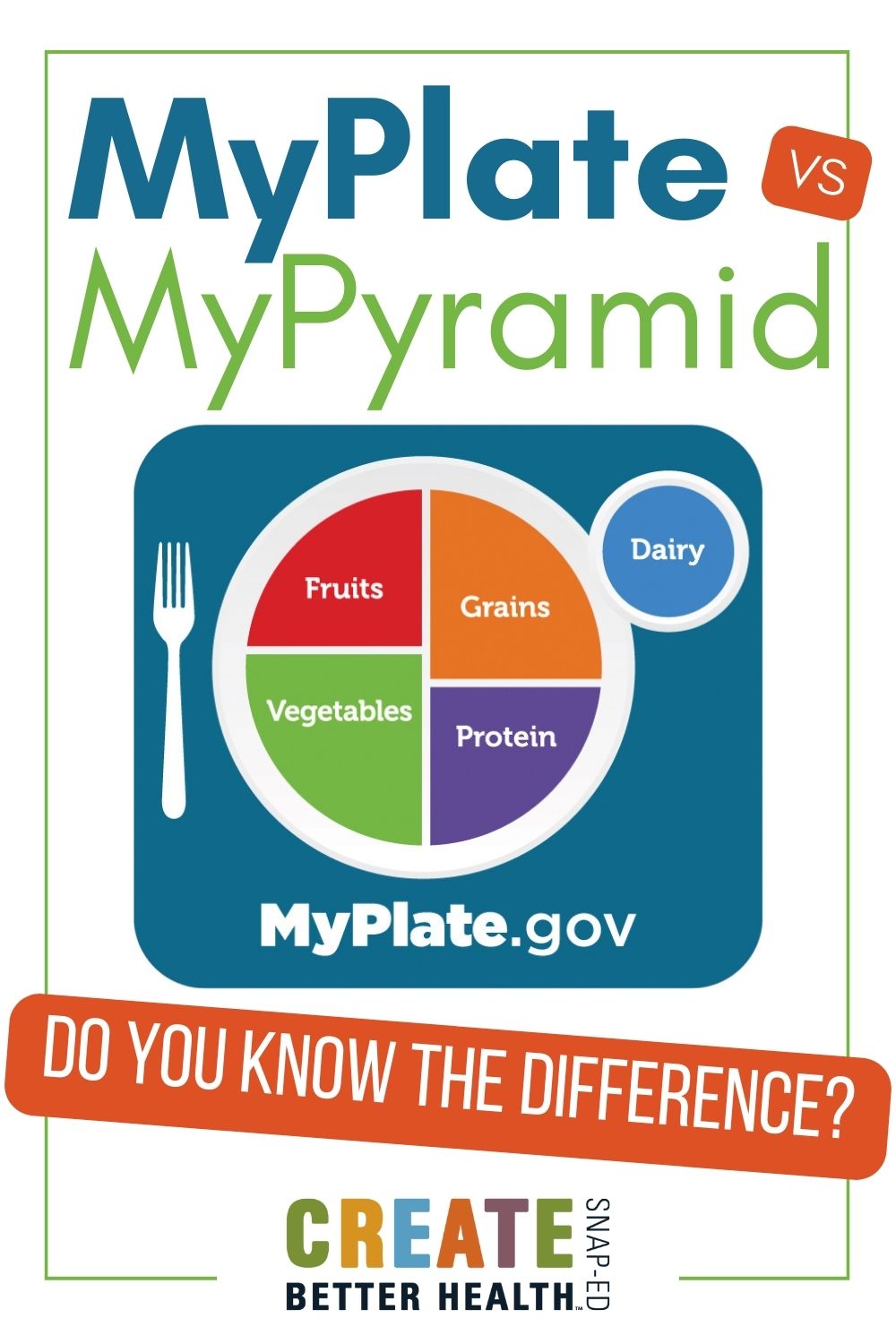Baking Bliss: Raspberry White Chocolate Muffins Worth Every Bite
These raspberry white chocolate muffins are truly worth every bite! Plus they sneak in some veggies while you're indulging!
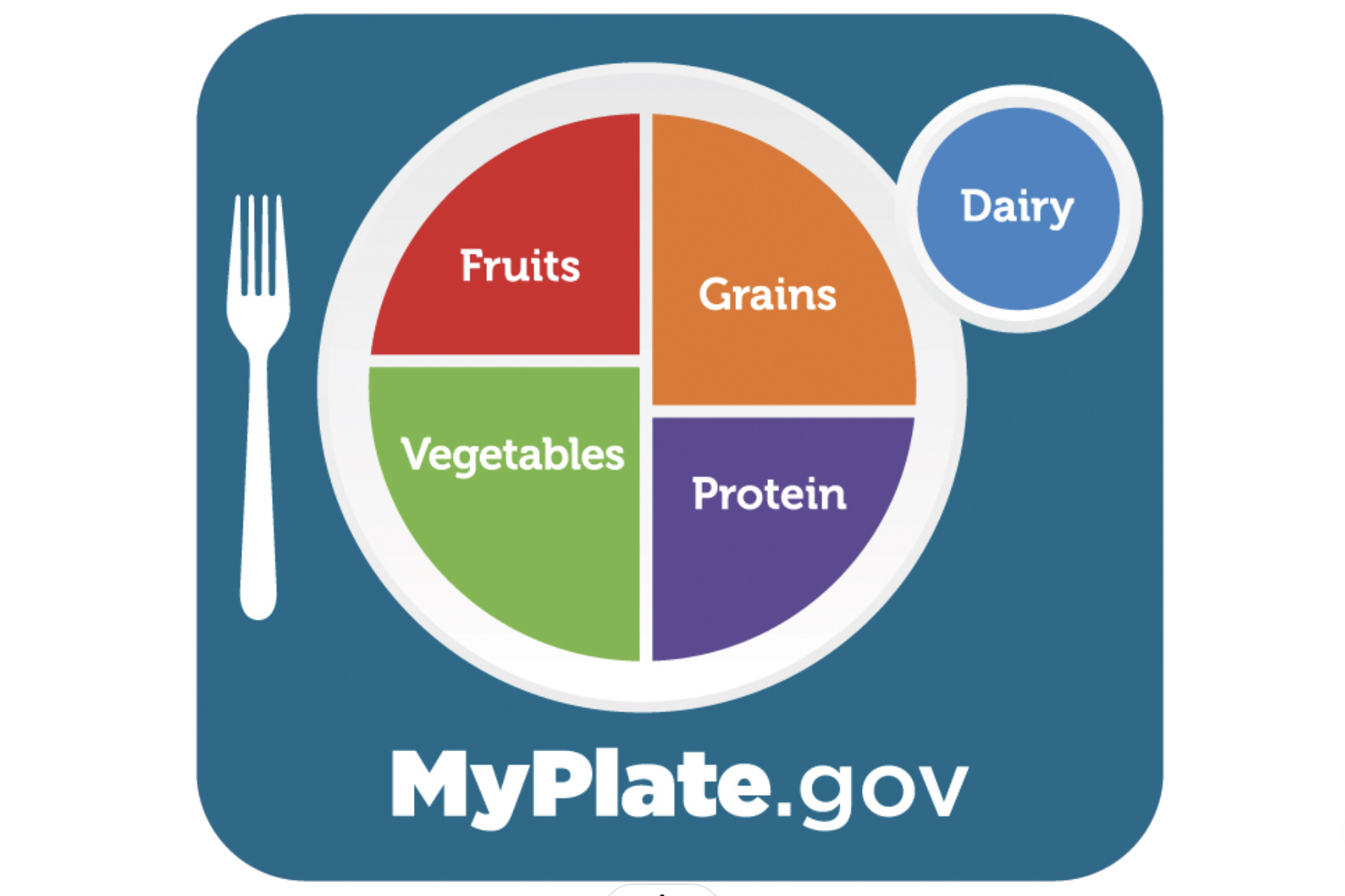
Nutrition guidance has evolved over the years, transitioning from MyPyramid to MyPlate. Both are visual representations designed to help individuals make healthier food choices, but they differ in their approach and presentation. In this article, we'll explore the key differences between MyPyramid and MyPlate and how they serve as valuable tools in promoting balanced eating habits.
Did you know that the Dietary Guidelines are updated every five years? Starting in 1980 they have been issued by the Departments of Agriculture and Health and Human Services. Check out the most recent Dietary guidelines for America.
In 1992 the most recognized food pyramid was released.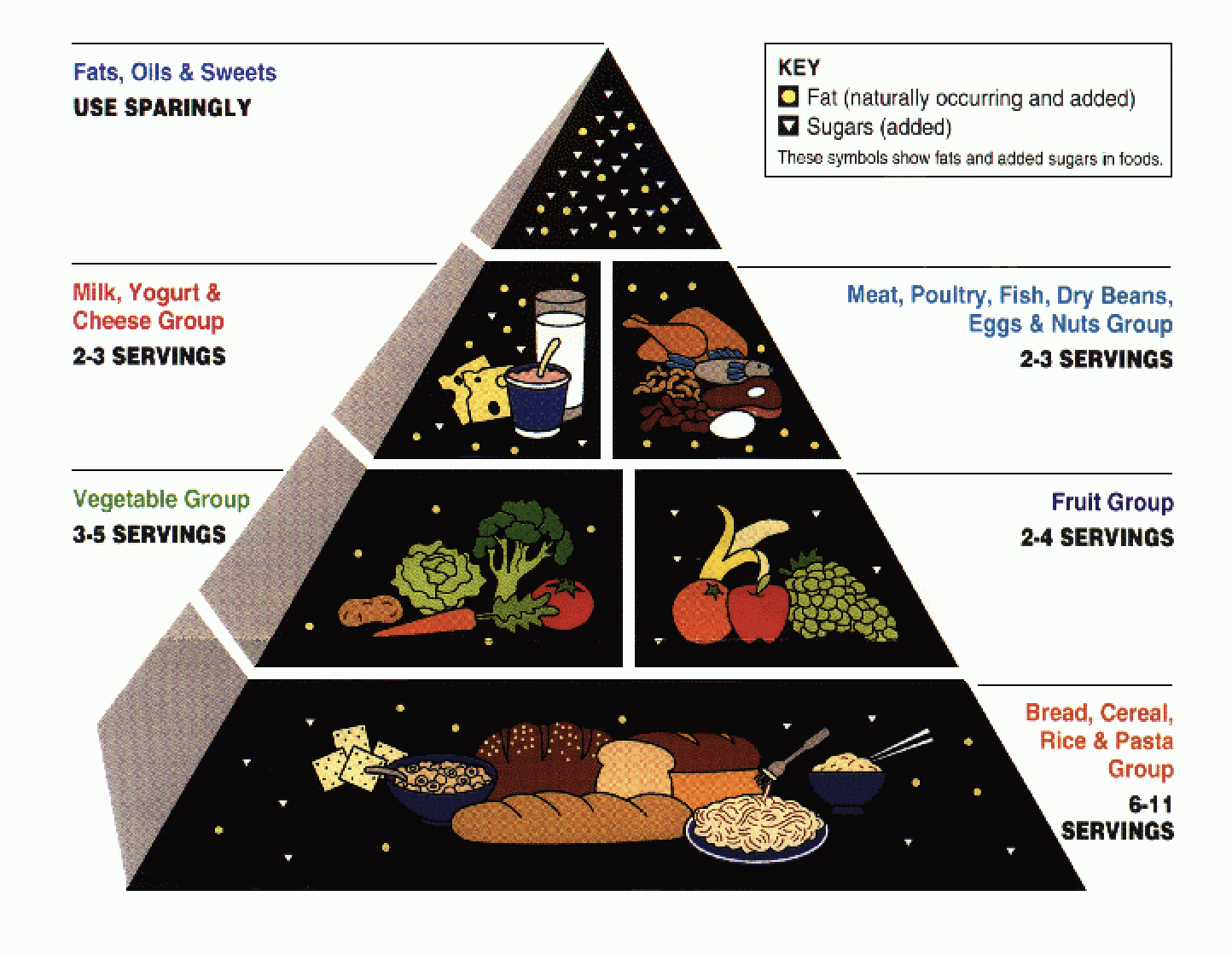
In 2005 a new MyPyramid was released that explained why each of the five food groups were important to have in your diet. 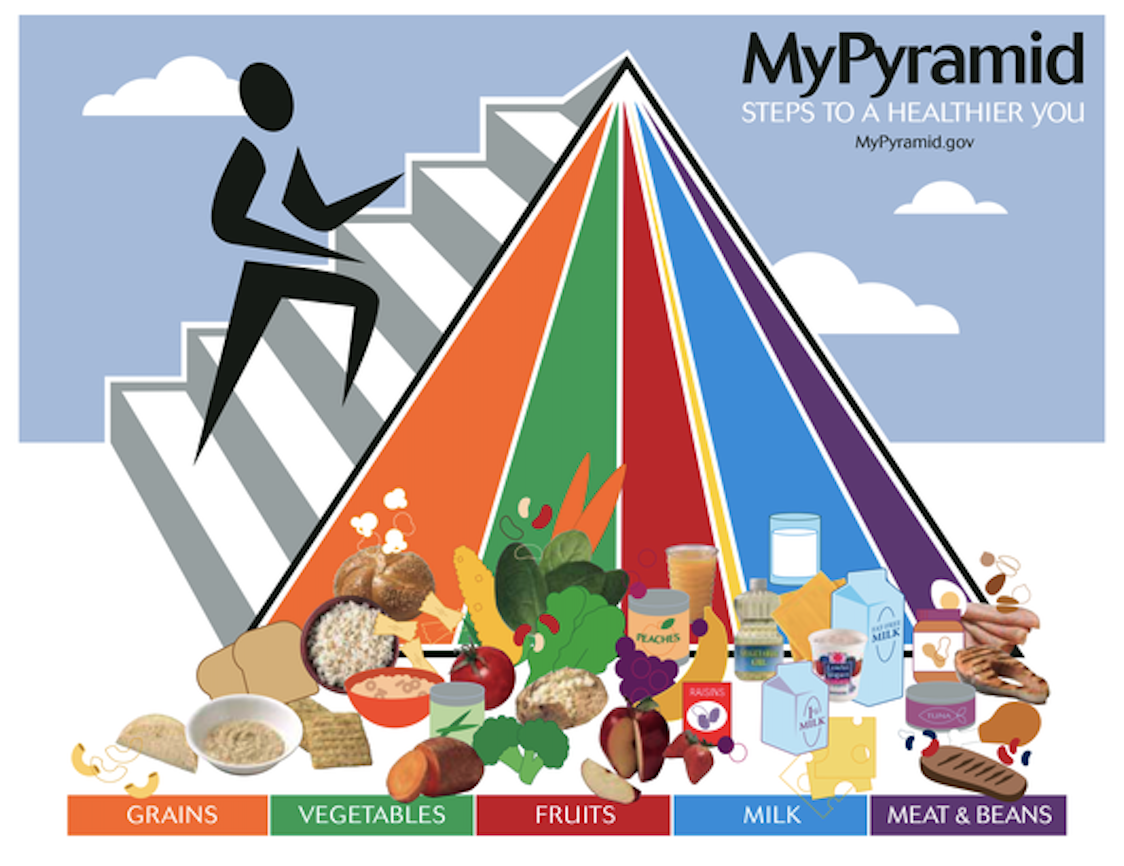
In 2011 the USDA created MyPlate, what we currently use, which focuses on all the food groups being a part of your plate. 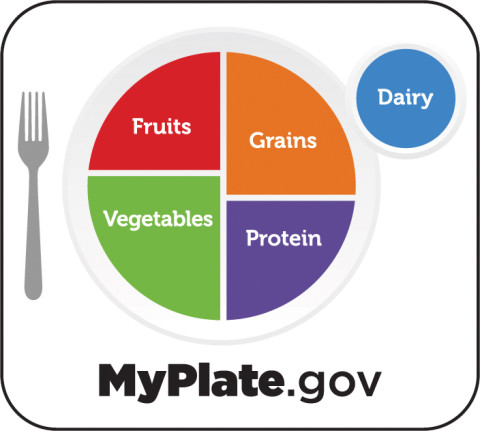
There are three noticeable changes from MyPyramid vs MyPlate. Let's dig into these, fairly significant, differences.
MyPlate touts to “Make Every Bite Count”. They even created a personalized MyPlate Plan option. This will help you create a plan based on your age, sex, height, weight, and physical activity level!
When you visit www.myplate.gov you will be able to find tips to help build healthier diets and materials to help focus on healthy behaviors. Check it out!
Create Better Health offers a free online course to learn more about MyPlate plus other helpful things like meal planning, basic cooking skills and grocery shopping strategies. The classes are self-paced and backed up by the latest nutrition guidelines. If you enjoyed learning from this post, you will definitely love our online courses!
